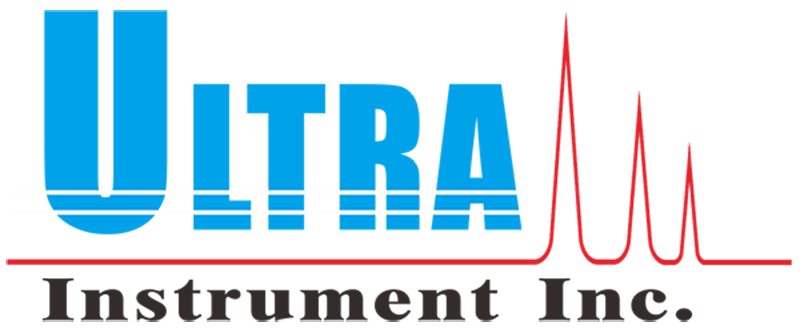
The Advantages of Ultrasonic Rail Testing
Ultrasonic rail testing brings many advantages. The first and most obvious is that it allows in-depth testing of a material’s structure without damage or compromised integrity. The test piece doesn’t need to have sample for testing. UT only requires access to one side of the tested material, and it can detect thickness from this one side. This means that equipment can remain in situ for routine inspection and corrosion checks rather than disassembled for a visual check or measurements with calipers.

Ultrasonic testing also has advantages over other forms of NDT like radiographic testing. Radiographic testing uses x-rays to penetrate metal. These are high energy particles and a form of radiation that may pose a health hazard to NDT technicians over time. In contrast, ultrasonic testing doesn’t pose a radiation hazard. In fact, the technology is common in obstetrics to visualize pregnancies.
Ultrasonic testing is a safe form of NDT. It can be used to improve the safety and reliability of infrastructures like Rail Flaw Detection. Ultrasonic testing for aerospace to ensure that airframes are fit to fly and in Oil and Gas to ensure the reliability of welds and the integrity of pipelines, pressure vessels and tanks. Ultrasonic testing is an NDT solution that can be more applicable in nearly every industry to ensure quality, safety, and reliability.
